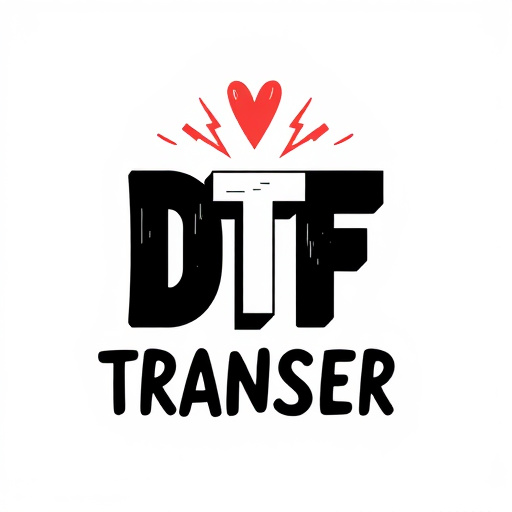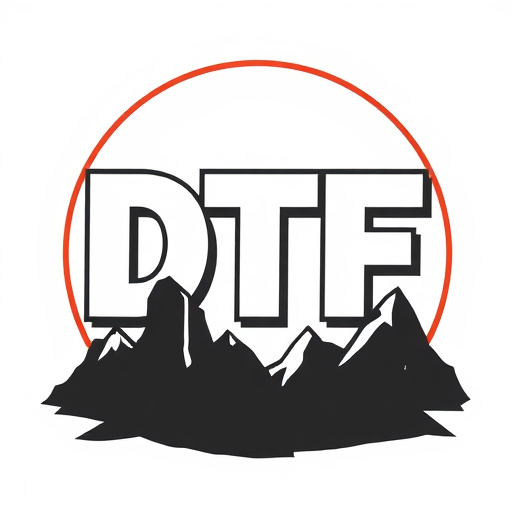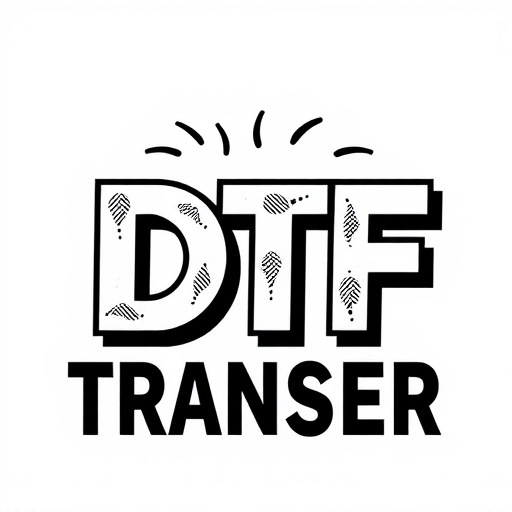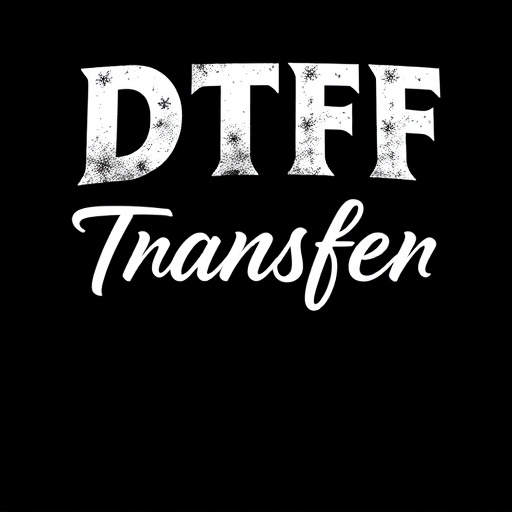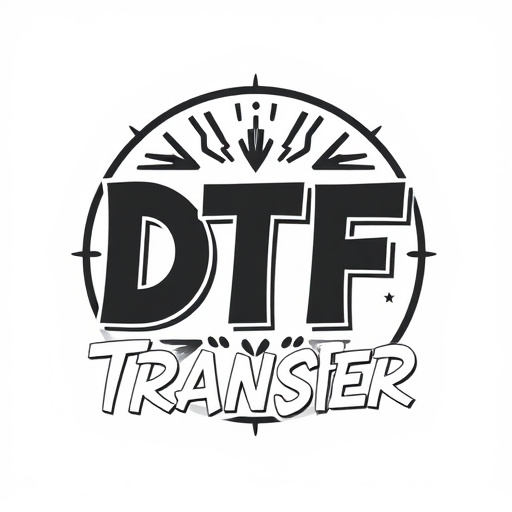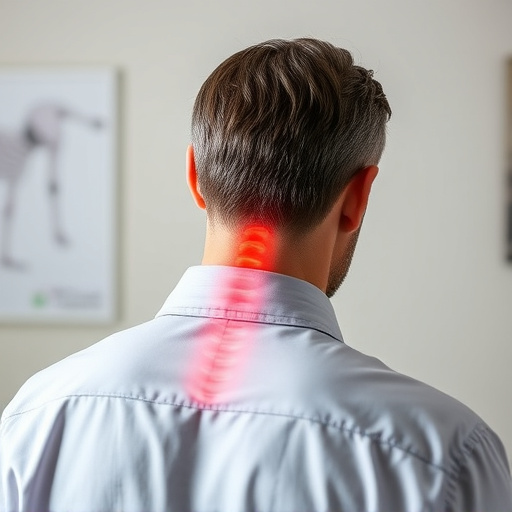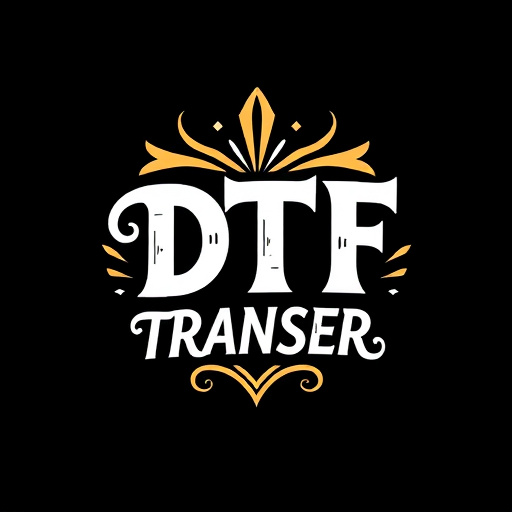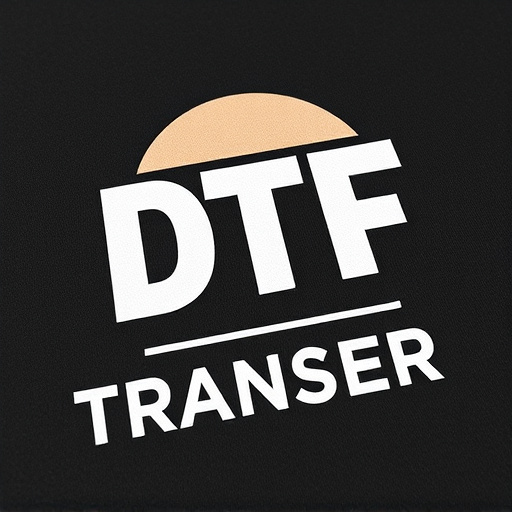Direct-to-film (DTF) prints have disrupted packaging and labeling with their versatility and high quality. This method applies ink directly to non-fabric surfaces, offering exceptional durability, vibrant colors, and flexibility for diverse products. Ideal for short runs, DTF is accessible for both professionals and DIY projects, enhancing branding and design across industries like automotive, packaging, and signage. Adhesive selection is crucial based on surface type, with water-based adhesives suitable for porous materials and solvent-based ones for non-porous. Proper preparation, adhesive choice, and application ensure strong bonds. Future trends include eco-friendly processes, faster print technologies, and miniaturization for complex designs, positioning DTF to revolutionize various applications.
“Discover the revolutionary power of Adhesive Direct-to-Film (DTF) products, transforming non-fabric surfaces into vibrant canvases. This comprehensive guide explores the intricacies of DTF printing, from its foundational understanding and unique advantages to diverse applications that captivate. Learn how the right adhesive selection and application techniques can elevate your projects. Uncover emerging trends in DTF print technology, ensuring you stay ahead in this dynamic field, where creativity meets innovation.”
- Understanding DTF Prints: A Brief Overview
- Advantages of Adhesive DTF Products for Non-Fabric Surfaces
- Common Applications: Where DTF Prints Shine
- Choosing the Right Adhesive for Your Project
- Application Techniques and Best Practices
- Future Trends in DTF Print Technology
Understanding DTF Prints: A Brief Overview
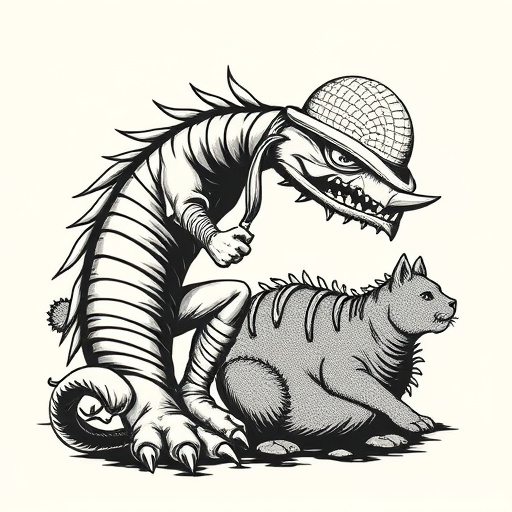
Direct-to-film (DTF) prints have gained significant traction in the packaging and labeling industry due to their versatility and high-quality outcomes. This innovative technique involves applying ink directly onto a film or plastic substrate, eliminating the need for traditional printing methods that rely on intermediate materials. DTF Prints offer several advantages, including excellent durability, vibrant colors, and the ability to print on a wide range of non-fabric surfaces.
With DTF technology, businesses can effortlessly create visually appealing labels, stickers, and packaging for various products. From rigid plastics to flexible films, this method ensures consistent results and opens up creative possibilities. Additionally, DTF Prints are highly suitable for short-run productions, making them an efficient choice for small batch sizes or customized orders.
Advantages of Adhesive DTF Products for Non-Fabric Surfaces

Adhesive direct-to-film (DTF) products offer a range of advantages for applying prints to non-fabric surfaces. One of the key benefits is their versatility; DTF adhesives can adhere to various materials, including plastics, metals, and even some types of ceramics. This makes them suitable for diverse applications in industries such as automotive, packaging, and signage. Furthermore, DTF prints provide excellent durability, with high resistance to peeling, cracking, and fading, ensuring the images or designs last for extended periods without losing their integrity.
Another advantage is the ease of application and removal. The adhesive film can be easily peeled away after printing, leaving behind a crisp, clean image without any residue. This process eliminates the need for complex printing techniques or specialized equipment, making DTF products accessible to a wide range of users. Additionally, the ability to print directly onto films allows for easy cutting, forming, and bending, enabling the creation of intricate designs and custom shapes suitable for various marketing and decorative purposes.
Common Applications: Where DTF Prints Shine
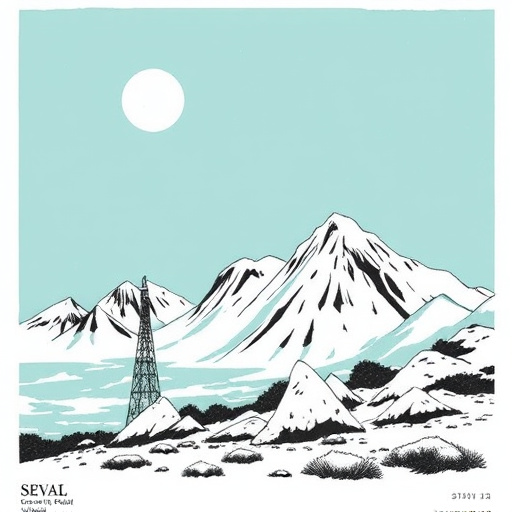
Direct-to-film (DTF) printing has gained immense popularity for its versatility and durability, especially in adorning non-fabric surfaces. From eye-catching signage to innovative product labeling, DTF prints have found their niche across various industries. One of its standout applications is in the retail sector, where dynamic window displays and vibrant storefronts are a must. DTF technology allows for high-resolution images and rich color reproduction, ensuring that products pop off the shelf and capture the attention of passersby.
Moreover, this printing method excels in creating durable outdoor signage, perfect for wayfinding in busy urban areas or showcasing information at events. Its water-resistant properties make it suitable for environments where exposure to elements is a concern. Additionally, DTF prints are highly effective in packaging design, offering unique and personalized product wrapping that enhances brand visibility.
Choosing the Right Adhesive for Your Project
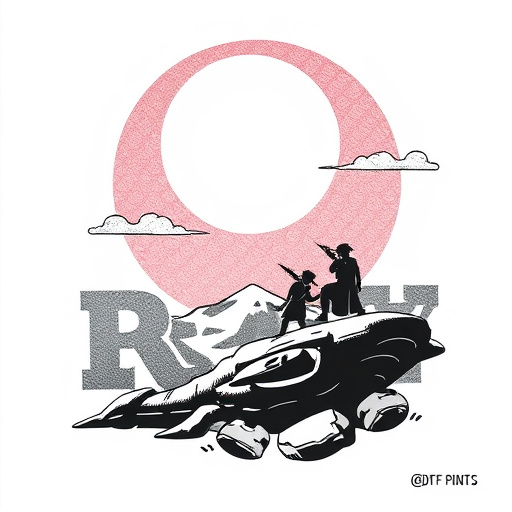
When considering adhesive solutions for direct-to-film (DTF) prints on non-fabric surfaces, it’s crucial to select the right adhesive to ensure optimal adhesion and long-lasting results. The suitability of an adhesive depends on various factors, including the type of film, the substrate material, and the desired final application. For instance, a water-based adhesive might be ideal for environmentally conscious projects involving porous surfaces like wood or ceramic, while a solvent-based adhesive could offer stronger bonding for smooth, non-porous materials like metal or glass in industrial settings.
Understanding the specific requirements of your DTF print project is key. For indoor decorations or signage, consider adhesives designed for temporary bonding to easily remove and replace prints as needed. Conversely, permanent adhesion might be required for outdoor displays or product packaging. Researching adhesive properties and compatibility with your chosen film and substrate will ensure a successful application, enhancing the visual appeal and longevity of your DTF prints.
Application Techniques and Best Practices
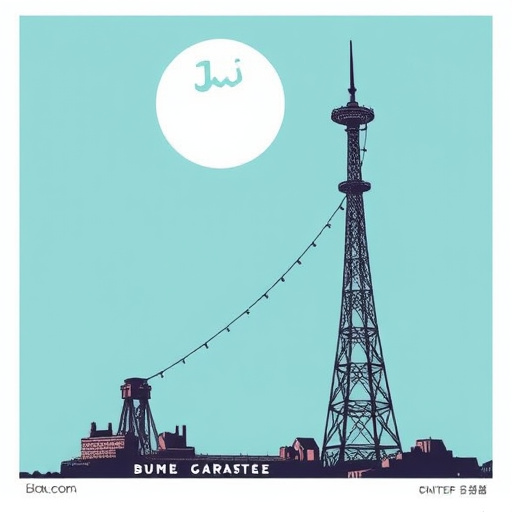
The application of DTF (Direct-to-Film) prints to non-fabric surfaces involves careful techniques for optimal results. This process begins with surface preparation, ensuring the area is clean, dry, and free from contaminants. A key step is choosing the right adhesive; water-based or solvent-free adhesives are popular choices for their environmental benefits and ease of use.
Once the adhesive is applied, precise placement of the DTF film is crucial. This can be done manually or with automated equipment, depending on the scale of the project. It’s essential to avoid bubbles and ensure complete contact between the film and surface. After application, a curing period allows the adhesive to set, resulting in a durable bond. Proper ventilation during curing is recommended to ensure safety and optimal adhesion.
Future Trends in DTF Print Technology
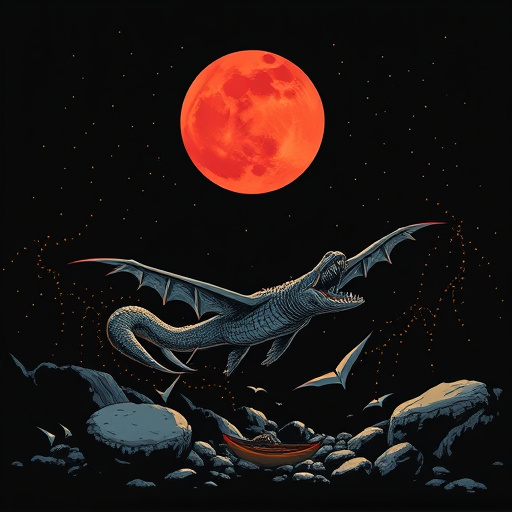
The future of DTF Prints looks promising, with technology constantly evolving to cater to a wide range of applications beyond traditional fabric printing. Researchers and developers are exploring innovative materials and methods to expand the versatility and durability of DTF technology on various non-fabric surfaces. One notable trend is the integration of eco-friendly components, aiming to reduce the environmental impact of production processes. This shift towards sustainability involves the development of water-based adhesives and solvents, minimizing the use of toxic chemicals.
Additionally, advancements in printhead technology promise higher speeds and enhanced precision, enabling faster production times and more intricate designs. The ongoing miniaturization of printheads further improves detail reproduction and opens doors to printing on complex or curved surfaces. These future trends indicate a growing capability for DTF Prints to transform non-fabric materials into vibrant, long-lasting displays, revolutionizing advertising, branding, and decorative applications across numerous industries.
